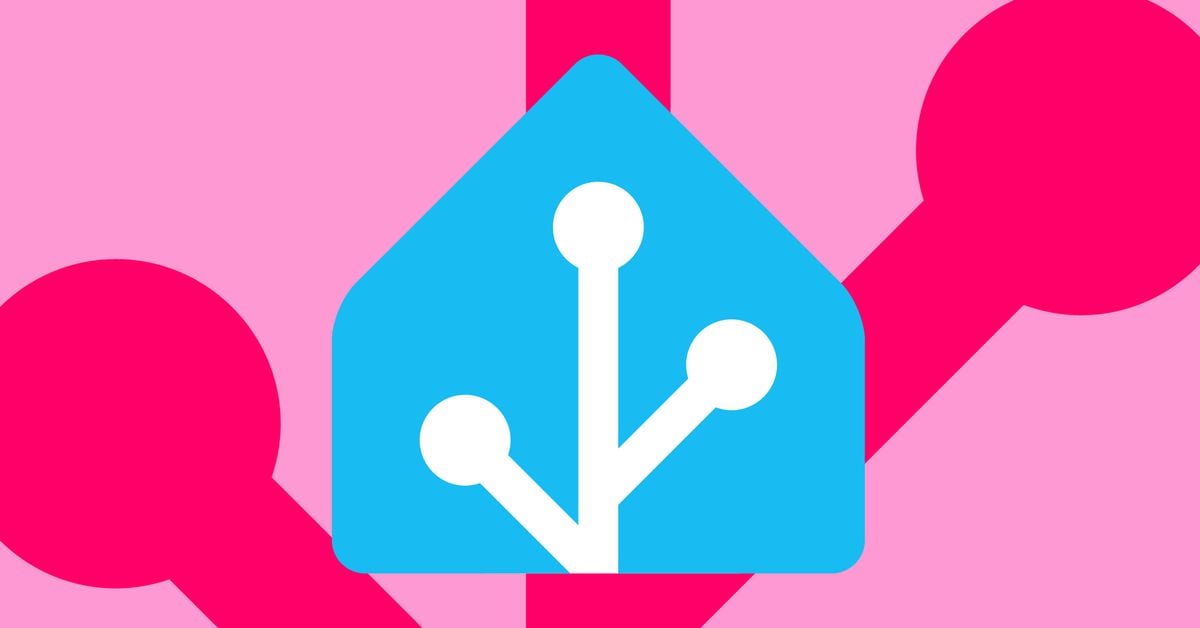- cross-posted to:
- smarthomes@feddit.uk
- homeassistant@lemmy.world
- cross-posted to:
- smarthomes@feddit.uk
- homeassistant@lemmy.world
- Home Assistant is now part of the Open Home Foundation, a non-profit aiming to fight against surveillance capitalism and offer privacy, choice, and sustainability.
- The foundation will own and govern all Home Assistant entities, including the cloud, and has plans for new hardware and AI integration.
- Home Assistant aims to become a mainstream smart home option with a focus on privacy and user control, while also expanding partnerships and certifications.



I like the idea of Home Assistant. I just can’t be arsed to set it up.
I was of the same mindset for a long time; SmartThings, Hue and Google Home all worked well enough together to do what I wanted. But holy shit, Home Assistant is on another level and I only wish I’d installed it sooner.
The only real downside is that it makes home automation somewhat addictive and, by extension, expensive. I spend quite a lot of my time thinking about how to automate more of the things, and have a never ending list of stuff that I want to add to my setup.
Oh it’s not as bad as your making it. My water sensors were only about $20 - $30 shipped and I mean if you’re going to make an order you might as well get that $30 z wave extender so the fence gate sensors I spent $40 on have good coverage. I pair those with about $100 in temperature and humidity sensors for the attic, garage and freezers. I mean I needed to justify the SDR I picked up for like $45 you know. My $20 garage opener has also made life that much simpler. Wait how much have I spent already?
I can quit any time, I swear!
Addictive is right. I’m in the process of building myself a smart mailbox with a couple proximity sensors and an ESP32. It’s been quite the undertaking, and quite expensive if you count the tools I bought for the project.
Yeah, Well, everybody’s day only has 24 hours, need to pick the battles, right.
I finally did and it runs everything, from my lights to my energy and heating management. Worth the saved money, literally.
By any chance are you using Matter in your home? If so, does HA handle that well?
I was too early for that, it’s mostly Shelly, Modbus TCP and EnOcean here, plus some custom API via Ethernet. So, sorry, no experience with Matter, but I’m watching it.
Matter devices are so few and far between that you probably won’t find anyone really making use of it yet as it is mostly promises of firmware updates and future products.
It does super matter
Matter doesn’t yet matter, but HA really Matters
One of the great features about HA is the flexibility to handle just about anything. I really don’t have any Matter devices, except Apple specific, but those are very gradually appearing. I have both Zigbee and z-wave meshes for local control, but can easily add a Thread radio (or my Zigbee one can supposedly be re-flashed). The foundations are mostly there, the flexibility and integrations are there: we just need the standard to mature and the devices to appear, but HA is a great start
Matter very much seems to be the “there are 14 competing standards” joke personified.
Matter’s biggest problem is that it launched behind everything else. You’re already starting to see a lot of support for it just because it allows companies to support Apple Home without implementing the whole HomeKit stack & pay the licensing fees to Apple. SwitchBot, Hue and IKEA already have Matter support in their hubs in beta.
But it won’t be relevant to non-Apple users until Thread radios start being more pervasive and the spec reaches v2 and supports more stuff. Then most devices will be Matter, because a company can support all 3 major vendor apps with one standard. Right now it’s:
Some will still go those routes, but eventually it will just make sense to support Matter and do away with all of those separate devices and support paths.
I think the analogy is faulty because none of what exists is any sort of standard. It’s just a bunch of proprietary vendor implementations. Matter is the first front end Smart Home standard.
If you’re down on the “editing YAML until you’re blue in the face” part, they’ve pretty much transitioned entirely to a good UI for that. Going into the yaml is rare now. I was of the same opinion a year or so ago, but tried it and it’s improved immensely in the last year for configuring things. There’s room left for improvement, but it’s usable now.
The first time I did it, it was a shitshow. Then I started over and it worked fantastically. YMMV